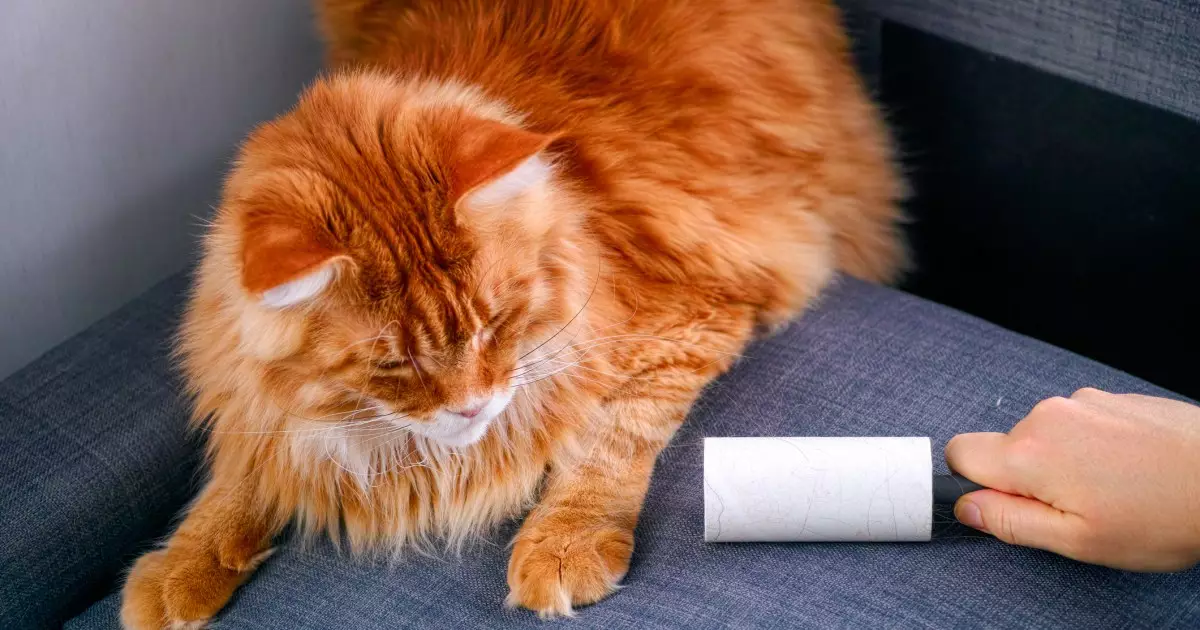Cats are among the most beloved pets worldwide, charming our hearts with their playful antics, soothing purrs, and intriguing personalities. However, one of the less delightful aspects of cat ownership is the incessant shedding. Cat hair can seemingly infiltrate every corner of our homes, attaching itself to clothes, furniture, and even our daily routines. This article explores effective strategies for managing cat hair, ensuring that cat parents can enjoy their furry companions without sacrificing cleanliness and comfort.
Before diving into solutions, it’s essential to understand why cats shed. Shedding is a natural process that helps cats maintain healthy fur throughout the seasons. Factors such as breed, age, and environmental conditions can influence the amount a cat sheds. For example, long-haired breeds like Maine Coons tend to shed more than short-haired varieties. Additionally, hormonal changes, stress, and health issues can also lead to increased shedding. By grasping the whys of shedding, pet owners can better approach the challenge of managing cat hair.
One of the most effective ways to minimize cat hair around the home is to establish specific boundaries. Encouraging your cat to use designated sleeping and lounging areas can reduce their inclination to lounge on furniture. Providing your cat with a comfortable bed or designated pet furniture gives them a sense of security while also directing their shedding to a predictable location. If your cat has already claimed a favorite couch or chair, applying a fabric protector can help; these products create a barrier against hair and make it easier to clean.
Regularly grooming your cat is another vital aspect of hair management. By brushing your cat, you can significantly reduce the amount of loose hair that ends up on your furniture and clothes. Depending on your cat’s coat type, a specialized grooming tool can help remove dead fur effectively. This not only keeps shedding under control but also strengthens the bond between you and your pet. Plus, it’s an excellent opportunity to check for any skin issues or parasites that may necessitate further attention.
Once you’ve established boundaries for your cat, it’s essential to develop effective cleaning habits. Vacuuming is, without question, one of the most powerful tools when it comes to keeping cat hair at bay. A vacuum equipped with a specialized pet hair attachment can make quick work of fabric surfaces like couches and chairs. For hardwood or tile surfaces, a broom and dustpan are also effective tools when used in conjunction with a microfiber cloth to capture fine hairs.
If traditional vacuuming isn’t enough, consider investing in a high-quality lint roller. The sticky sheets lift hair effortlessly off various surfaces, including clothes and upholstery. For stubborn or ingrained hair, damp cleaning can work wonders. Simply take a barely dampened cloth and wipe down surfaces to collect hair effectively. This method is especially useful on fabric and carpets where hair tends to cling stubbornly.
When it comes to cleaning car interiors, a lint roller or handheld vacuum can make a huge difference. For more significant messes, consider covering your car seats with a blanket during travel to save yourself from a post-journey cleanup.
Beyond cleaning, taking preventive measures can be instrumental in reducing cat hair accumulation in your home. Fabrics, for instance, play a significant role in clinging to hair. Opting for smoother materials for sofas and chairs can aid in reducing the attachment of dander and fur. Additionally, using slipcovers allows for easy cleaning; washing them regularly can help maintain a hair-free environment.
For clothing, try using lint brushes or sticky sheets to quickly remove hair before heading out. A practical tip is to store unworn garments in plastic garment bags — this simple act can prevent cat hair from transferring to your outfits.
If managing cat hair feels like an insurmountable task, you might consider a different approach to pet ownership. Some cat breeds are known to shed less than others, or even to be hypoallergenic. Breeds such as the Sphynx cat, known for their lack of fur, can be an appealing option for those wanting to enjoy feline companionship without the associated shedding concerns.
Ultimately, while cat hair can be an inevitable part of feline life, it doesn’t have to ruin the joy of pet ownership. By creating a cat-friendly environment, implementing effective cleaning habits, and considering breed characteristics, cat parents can maintain a harmonious relationship with their furry friends while keeping their homes clean and inviting. In the beautifully chaotic world of pet ownership, embracing these tips allows for a life filled with the joys of companionship, free from the burden of excessive cat hair.
